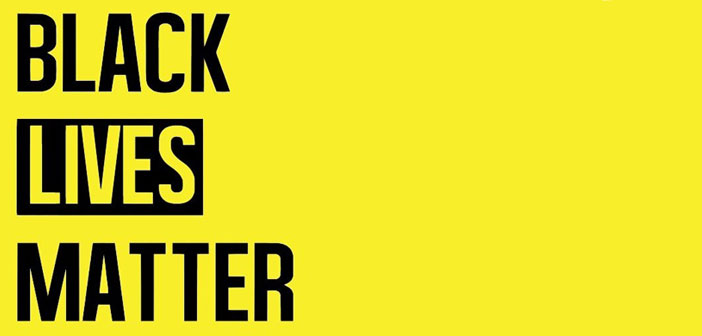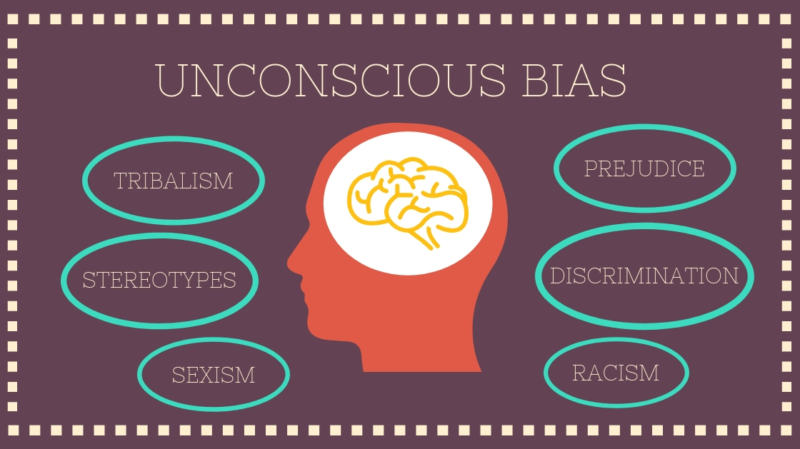
A woman being passed over for promotion. An Asian being harassed for apparently bringing the coronavirus to Europe. A transgender woman being insulted for using the ladies’ washroom. The job application of a candidate being rejected because of his physical disability.
Bias, in its various forms, shapes, and sizes, presents itself in our everyday lives often in such subtle and implicit ways that it either goes unnoticed or worse, feels normal. In modern society, these biases have dire consequences, often leading to the segregation of people as us versus others and culminating in the systematic alienation and suppression of a certain community merely based on certain physical attributes or our own preconceived notions.
But centuries ago, such segregation of people served us well.
For our ancestors, the hunter-gatherers of the stone age, gauging who could be trusted or not boiled down to something as basic as staying alive and passing on the genes to the next generation, a perfect scheme of things as per Darwin’s natural selection theory.
But scores of years later, even as a hundred million other things have changed, our sorting mentality continues to be as hardwired as ever, solidifying our inclination towards people we consider similar to us and rejection of those who aren’t.
Not all biases are explicit, not all aggressors are unlike us.

We all know of people who harbor explicit bias towards a certain community. Their biased opinions are evident and their acts of discrimination are overt. This could be someone who commits a hate crime against an innocent Muslim or a manager who consciously keeps females out of his team. Often we choose not to identify with these people and see them as separate from ourselves, fair enough.
But there is a more pervasive kind of bias that we see in our everyday lives, from people just like us (including us) which we call the implicit bias or our collective unconscious.
Here’s the thing with our collective unconscious – these are deeply ingrained ideas we have about some groups of people and are formed outside of conscious awareness yet it manifests in our day-to-day actions, attitudes, language, and treatment of these people. So even if we aren’t explicitly sexist, racist, ageist, or categorist of any kind, implicitly, for anyone who has grown up in the societal setting that we all have, bias is deep-seated in our psyche even if it’s only working from the shadows. This explains why even when our leaders, lawmakers, and other influential figures may not have overtly displayed prejudices towards a community, laws, and policies made overtime have systematically been oppressive to certain communities.
#Blacklivesmatter movement, a critical call to examine our biases.
The #Blacklivesmatter movement has brought biases right out of its shadows into glaring limelight. The movement demands progressive policies that will uplift the black community, to not only give them a level playing field but also the respect they deserve.
At the same time, at a more individual, day-to-day level, the movement has been an invitation for each of us to examine our privileges and deep-seated biases. Even as it was heartbreaking to watch people take to the streets amid a global health emergency to fight for their basic rights, even as it has been horrifying to realize how the bias towards African-American community in the United States manifested into systemic oppression and gross brutality against black lives by the police force, I feel the world needed this moment of uprising.
The #blacklivesmatter movement has irradiated, in a rather undeniable way, the prevalence of bias and prejudice in our everyday lives, which if left unchecked can lead to abusive policies or uncalled for violence against a select group of people.
The precursor to examining your bias: Acceptance
However, there is only so much that transformative policies and changes can do if our implicit biases and privileges aren’t examined. And to really examine our biases, it requires us to accept that in some way we are all racist, sexist, ageist, and prejudiced.
As an Indian in a foreign country and a woman in the tech space, I am privy to how prejudices manifest in the subtlest ways during times when I have to work a little extra to prove my professional commitments, when I have to walk a few extra miles to get to a level playing field with my male counterparts, and when despite all my attempts to adopt the German culture and lifestyle, my appearance gives away my identity for those prying in the dark corners of a rather progressive society to snub me for my physical attributes, dressing sense or my intelligence.
But a lot of such acts of disrespect and violation of our basic rights can seem normal given that we have been witnesses to and perpetrators of such discrimination since childhood.
It is true that as a child we naturally learn to differentiate between a girl and a boy but how each of them should be treated is a learned behaviour.
It is true that as a child I see the difference in skin colour, height, weight, and other physical attributes but how each of them should be treated based on these characteristics is a learned behaviour.
And thus, the cycle of learned behaviour continues, of biases and prejudices that ultimately shape our perspectives.
Only when we can take a step back and accept that our lens is not the only lens through which the world can be viewed, when we develop empathy, and also the courage to question ourselves will we get any closer to being a more equal society. It requires us to accept the intrinsic and pervasive nature of our biases, be courageous enough to examine them, and work towards a change.
For me, this change isn’t unidirectional. It starts with my openness to make mistakes and be corrected, with my willingness to be more aware of people and their histories, and to imbibe an ability to view each individual independent of their identities.
To conclude…
There’s one thing that all of us now know for sure: when one man in a distant corner of the world sneezes, the entire 7.8 billion people in this world are susceptible to falling sick. Yet this interconnectedness of the human race is the hardest for mankind to assimilate.
To imagine that beyond the structured differences in gender, ethnicity, religion, age, height, weight, colour, political beliefs, and marital status, we are all of the same makeup. This is especially difficult to understand for a species that has held onto its differences more than its similarities. But this is also the need of the hour: to consciously discard the vestigial parts of our evolution, like bias and prejudices that are crippling humanity. Yes, it can’t happen overnight but at least it can start someplace.


